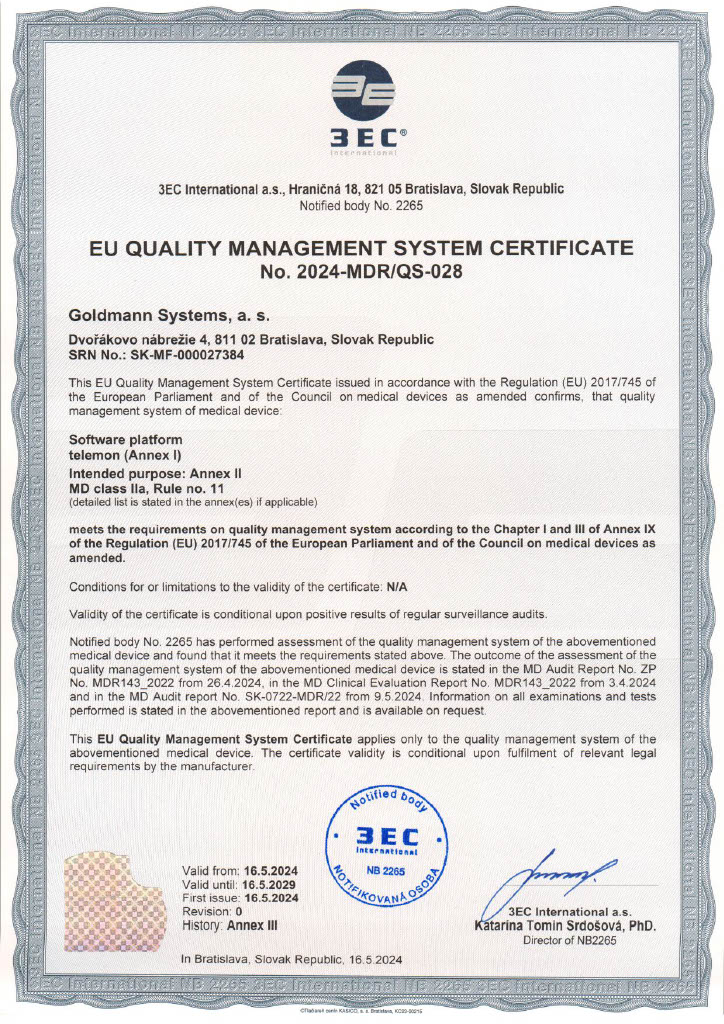
Each year on February 4, the international community unifies for World Cancer Day to raise awareness and encourage efforts for the prevention, detection, and treatment of cancer. World Cancer Day was first established by the Union for International Cancer Control (UICC) in 2000.
Remote Patient Monitoring for Cancer: Why It Matters & How It Works
Remote patient monitoring is an effective method in patient cancer care management, in accordance with research published in The British Medical Journal. The study reports that 24-hour remote patient monitoring shows a sizable, positive effect and the potential to make a “meaningful difference” to people with cancer.
Remote patient monitoring promotes early identification of complications and timely cancer care to help prevent the progression of cancer. By focusing on providing better cancer care management between visits, clinicians can identify high-risk patients and coordinate effective care plans before hospitalization is required.
Remote Patient Monitoring for Oncology Patients
There are more than 100 different types of cancer; therefore, it is not surprising that the condition is associated with myriad causes, symptoms, and other diseases. RPM allows clinicians to determine how well cancer patients are responding to treatments and quickly adjust and optimize their patient’s oncology care quality. As a result, early intervention helps reduce emergency room visits and hospital admissions by cancer patients.
Depending on what type of cancer, symptoms, and co-occurring conditions the patient has, different remote patient monitoring devices will be ideal. Some patients might benefit from monitoring of multiple vital signs.
Monitoring of blood pressure, weight, blood glucose levels, and blood oxygen levels can improve cancer management.


